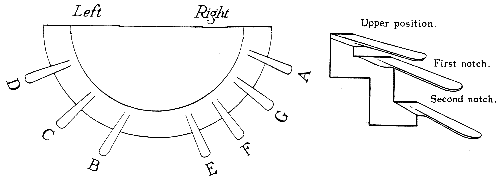The harp is one of our most ancient musical instruments.and its usage ranges from pure entertainment to solo and ensemble music. I can't tell you much about the harp only that it's one of the best ancient instruments ever created.
Parts Of The Harp:
Crown - It is the ornamental part of the harp located at the side of the top of the harp. It is shaped like a crown, thus the name.
Tuning Pins - The harp is tuned by adjusting the tension on each string (using a tuning key that turns a pin going through the neck) until the string's pitch matches the desired pitch.
Bridge Pins - May either be in gold or silver and it is where the strings of the harp rests.
Neck - The length of the upper part of the harp that is curved. It is also referred to as the "harmonic curve."
Pillar - Also called the column, it supports the frame of the harp.
Soundboard/Soundbox - The soundboard is located on the string-side of the harp. The soundbox is located at the back of the harp. The holes of the soundbox from which the tune comes out off is called "sound holes." Sound holes help amplify the notes produced by the harp.
Feet - The feet of the harp enables it to stand on its own, allowing easier playing.
Strings - The harp has a set of strings of varying length, tension, and density. These strings correspond to the white keys on a piano. The black keys are not represented! (Their sounds are made by changing the pedals.) The red strings are for "C" and the black or blue strings are for "F". All the other strings are white.
Pedals - The pedal harp has 7 pedals, each with three positions available. The left foot controls three of the pedals, the remaining four pedals are controlled by the right foot.
.jpg)









.jpg)

No comments :
Post a Comment